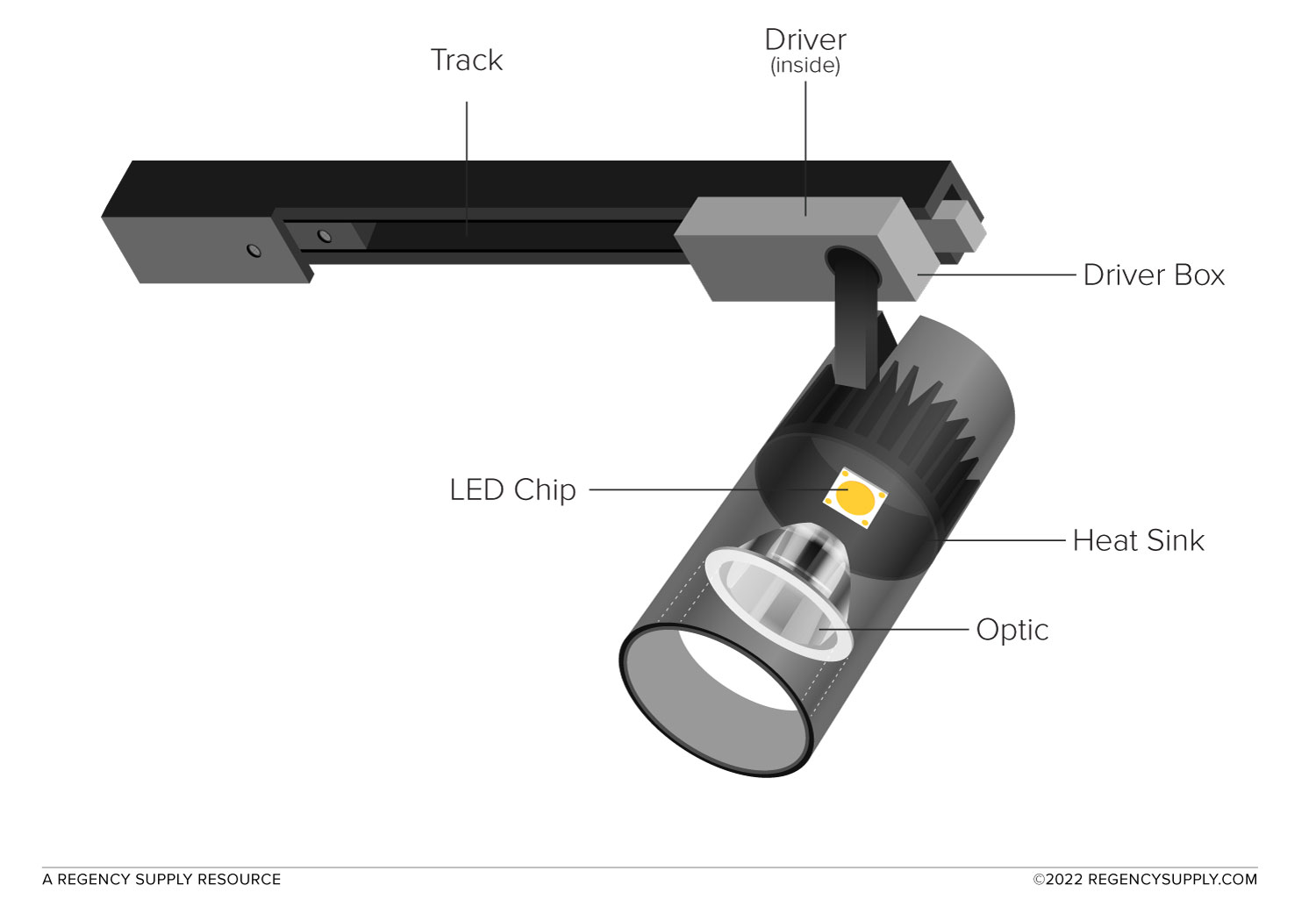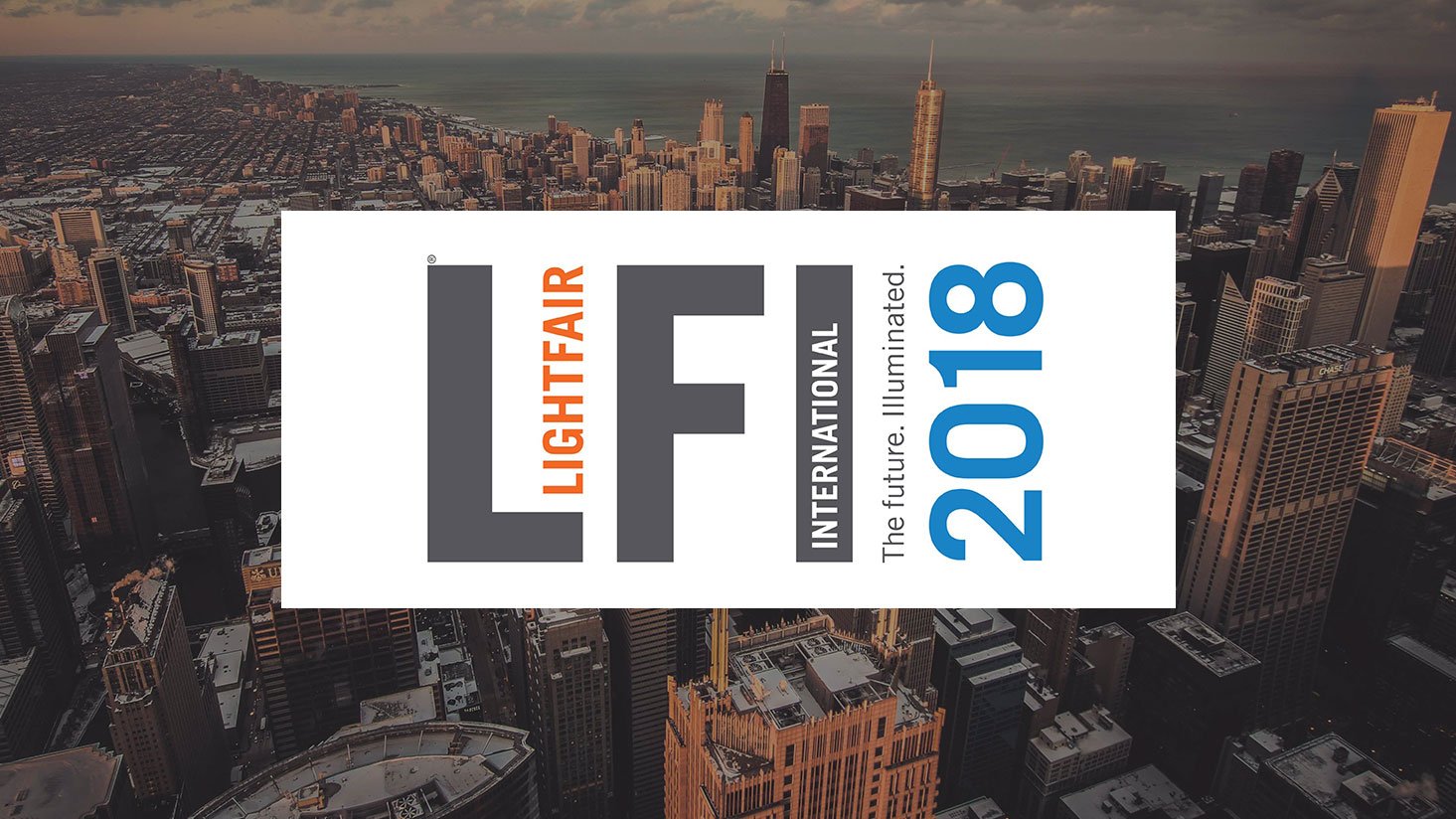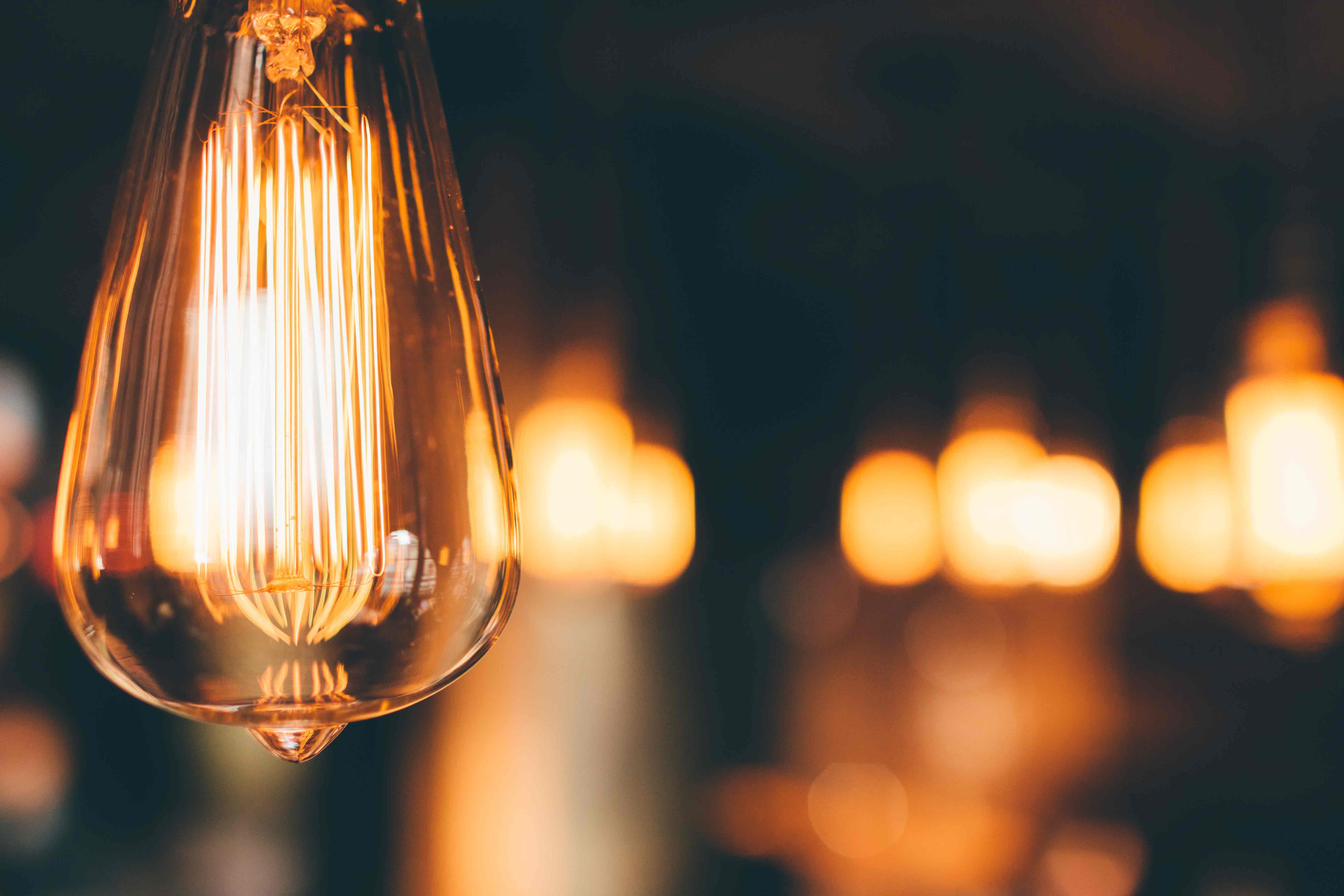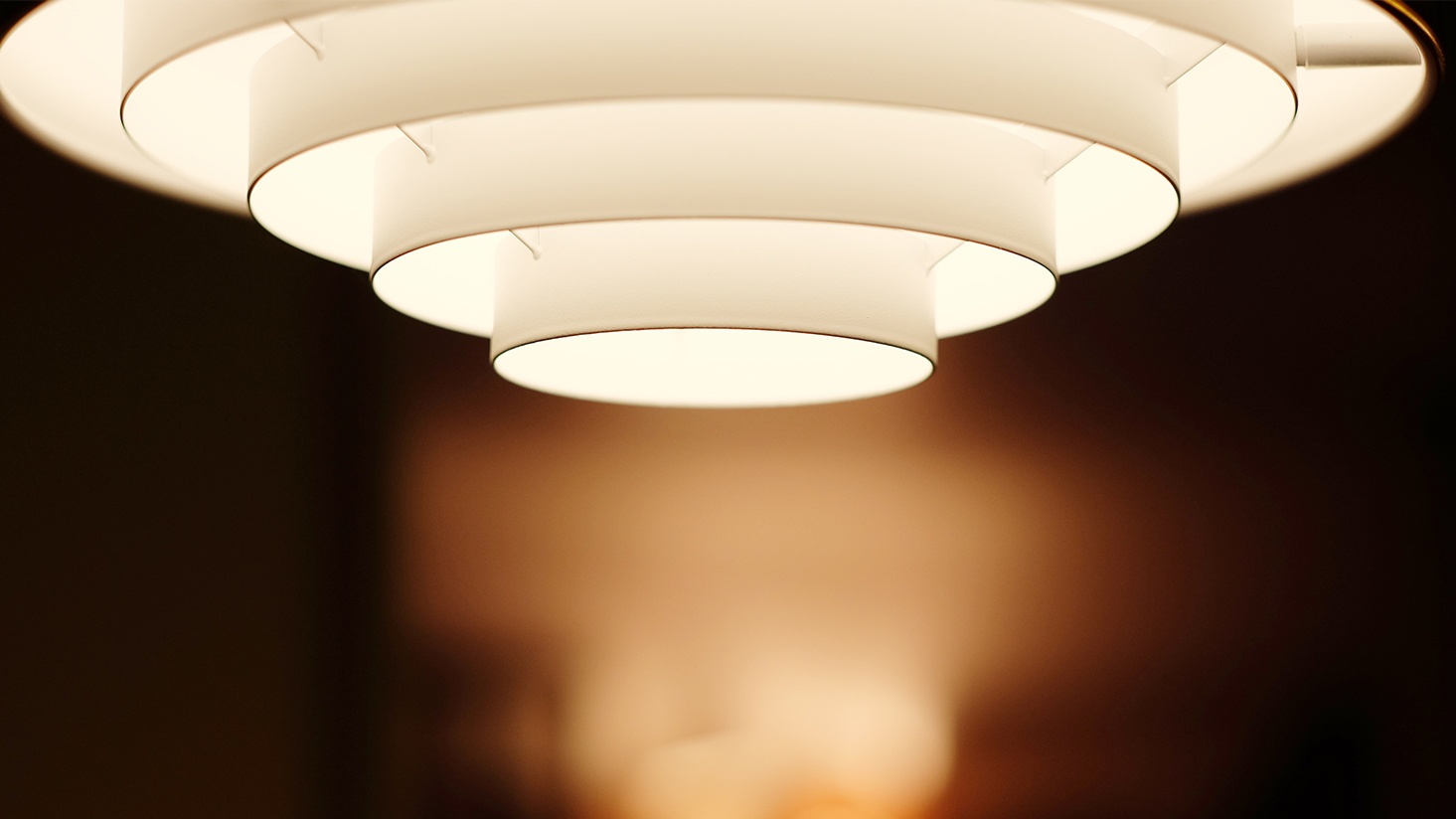Trends in pricing and quality in LED lighting

LED technology has proven that it's here to stay. But when it's time to buy LED lighting in bulk — whether it's for a single location or for multiple business locations across the country — staying on top of trends in pricing and quality is important.
Buying LED lighting over the last decade feels eerily similar to buying TVs or other electronics. In many ways, it feels like a confusing set of features (who knows what you'll actually need) and a price race to the bottom.
Here's an example. In 2012, LG released their base-model, standard HD resolution 55-inch TV for $1,599. Today, LG's 55-inch ultra-HD (higher resolution) Smart TV retails for just under $500. And if you're willing to go with an off brand, you can even find a 55-inch ultra-HD smart TV for less than $300.
In lighting, we've seen LED prices plummet over the years with technology improvements. While prices seem to have largely stabilized (with some increases due to supply chain challenges), the question remains: how low will the LED prices go and when will prices stabilize?
We had a chance to catch up with a reputable manufacturer over the trends in LED technology and pricing in an effort to help sort through where the industry is headed and what you can expect. Our conversation centered on integral LED track heads used in many retail, restaurant, and commercial properties, but this example applies to many other lighting applications.
If you're involved in procurement or construction for your company (especially multi-location companies), our hope is to help you have confidence in the purchases you're making with guidance for the future.
Is the $40 LED track head a realistic option?
The manufacturer we spoke with is known for producing commercial-grade LED fixtures, including track heads ranging up to high-performance options. This company is known for quality products at a competitive price, and they have a track record of keeping up with lighting trends.
Our discussion revolved around another manufacturer's newly-released $40 LED track head — was this really possible, and if so, how do you get to this price point?
Based on our conversation, we learned that lowering the price point of an existing fixture offering can only come from a limited number of places. For a while with LED lighting, technology improvements and increasing volume led to price decreases, but over the last couple of years, the prices have roughly stabilized with slower, incremental improvements in technology.
There are four main components to an LED track head:
- Electronics
- LED chip
- Optics
- Fixture housing
 The fixture housing costs can vary depending on where and how the housings are made. The raw materials will also drive a lot of the cost. (Especially in our current supply chain.) At the end of the day, there is not much room to reduce costs on the housing.
The fixture housing costs can vary depending on where and how the housings are made. The raw materials will also drive a lot of the cost. (Especially in our current supply chain.) At the end of the day, there is not much room to reduce costs on the housing.
As a result, the most logical place to reduce costs for an LED track head fit one or a combination of these areas:
1. Electronics
Electronics are the heart of the the LED fixture. There are a combination of complex components that primarily are used to regulate power to the LED chip and protect it from failure. As a manufacturer looks for ways to reduce cost for the electronics, simplifying the driver is a place to start. The downside to this is that there will be less — or no — protection from power fluctuations or surges.
If you happen to have surge protection on your whole facility, this may not worry you as much, but a lower quality driver can result in an unnecessarily high risk of widespread failures.
2. Chip
The quality of the LED chip can be another area to save. There are a few highly-reputable chip manufacturers, and there are others who produce chips at a lower price point. As you go to lower-tier chips, you end up introducing a higher risk of improper heat management, and that tends to result in premature failure or color shift.
3. Optics
Optics are another expense in a track head. Many manufacturers opt for custom-designed optics that work with their chip and housing combination to deliver high-impact beam performance and efficiency. Others will purchase pre-designed optics that may be "good enough" but leave some performance and efficiency on the table.
So, a manufacturer releasing a $40 track head is likely relaxing standards in one or more of these areas to get the price point of the fixture down. With the current state of LED technology, we aren't seeing the same level of big technology advancements that we once saw.
When to consider an inexpensive LED fixture
Low price options for LED fixtures are attractive, but there are risks when it comes to quality. So how do you know if it's worth it or not?
Here are a few factors to consider as you weigh your options.
1. Consider your remodel cycle
When you consider lower cost LED fixtures, price reductions can often impact the longevity of a fixture. If you're using a track head in a room where it will operate eight to twelve hours a day, you may realistically be looking at a life span of two to three years for the $40 track head example we used above.
If you're operating on a five to seven year remodel schedule, that could mean having to replace your lighting well before you're ready for another remodel. The time, expense, and inconvenience of that is something you'll probably want to consider.
If a two to three year lifespan works for your building plans, then you'll probably be okay with the less expensive fixture.
2. Consider your goals and space
If you're operating a retail space where how you highlight your product could have a significant impact on sales or a museum or studio where light is critical, you will likely want to steer clear of the lowest price options.
With that said, we highly recommend mock-ups and test installs for any products you're seriously considering. This gives you the ability to test drive the lighting before you commit to a complete roll out.
For other applications or industries where the performance of the light or maintaining light levels is less critical, you may have fewer concerns over a low-price option.
Finding the right LED fixture options
In the lighting industry, there's a place for options that range from premium architectural-grade fixtures to contractor-grade products. The greatest consideration is understanding your space, your goals, and the impact you want to make with lighting. If you have questions or even a project to quote, our team is here to help.











